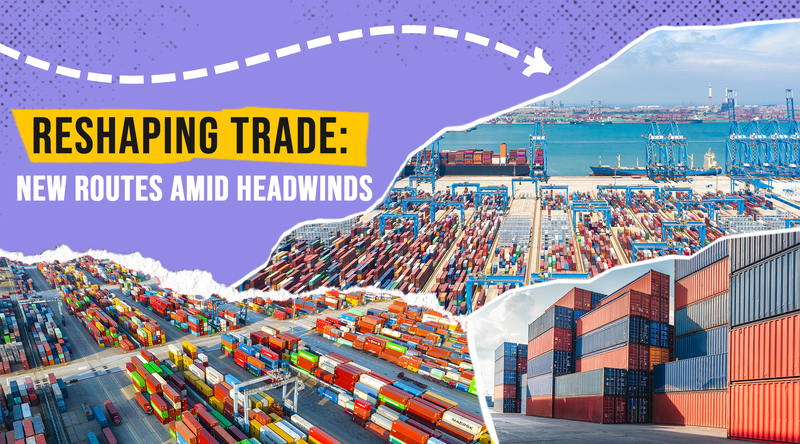As global headwinds mount and tariff tensions intensify, the Chinese mainland is charting new paths to maintain momentum in overseas trade.
Next month, the second China-Central Asia Summit opens in Astana (June 16-18), a pivotal gathering that highlights fresh corridors of commerce across countries such as Kazakhstan, Uzbekistan, Kyrgyzstan, Tajikistan and Turkmenistan.
Under the Belt and Road Initiative, the Chinese mainland is strengthening economic ties with its Central Asia partners. Trade volumes have surged, driven by what experts call strong economic and trade complementarities.
"Strong economic and trade complementarities between the Chinese mainland and Central Asia provide a solid basis for deepening cooperation and achieving mutual benefits," says Yang Jin, deputy director of the Central Asia and Caucasus Research Office at the Chinese Academy of Social Sciences.
Ironically, the ongoing tariff war has served as a catalyst, pulling the Chinese mainland and Central Asia closer and creating a vibrant new economic landscape where overland routes and digital exchanges flourish.
In Astana, leaders and business delegations will convene to explore overland rail networks, cross-border e-commerce platforms and green infrastructure projects—all aimed at transforming challenges into shared growth opportunities.
The opening episode of the special video series "China and Central Asia: Crafting dawn amid tariff war" spotlights this evolution, offering a front-row view of how resilient trade strategies can reshape regional economies.
Reference(s):
cgtn.com



